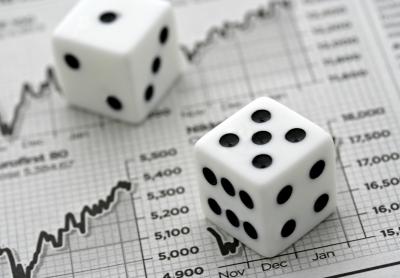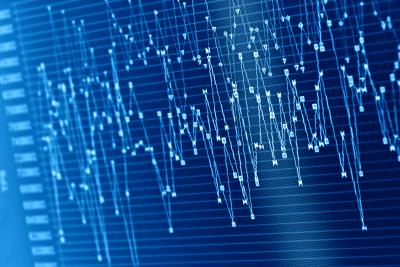The group of Probability and Statistics aggregates researchers from CMUP with the common denominator that they all use tools of probability and statistics to carry out research.
The research subjects covered include ergodic theory, extreme value theory, signal processing and statistical modelling and inference. Moreover, applications to biomedicine, engineering, insurance and meteorology are also studied.
Some members of the group belong to the research strand of Dynamical Systems (DS) and develop research in Ergodic Theory. In general words, the contribution from these members for the research accomplished within the group resides in the study of statistical properties of chaotic dynamical systems. This purpose is achieved by using probabilistic tools to investigate systems, which behave erratically and, for that reason, are difficult to forecast, but whose statistical behaviour presents some regularity that contributes for a better understanding of the underlying dynamics.
Other members work in Statistics of Extremes (Extreme Value Theory), where the estimation of the tail behaviour is of crucial importance for applications to risk assessment associated with rare but often catastrophic events. Research within this subject involves modelling tail data sets and making statistical inference specially adapted to the extremal context.
Some members work in Data Analysis and Signal Processing. Research involves studying classification problems, developing models for data fitting and methodologies to cope with statistical inference and data interpretation. The research is applied to computer science, medicine and pharmacology. In particular, several case studies include analysing biomedical signals and derived time series.
Expectedly, several group members belong to the research strand of Mathematical Models and Applications.
The group is quite eclectic but its members share a common language provided by Probability Theory. In fact, several probabilistic notions and results such as central limit theorems, large deviations, mixing conditions, convergence of point processes, stationarity, coupling, are transversally used by group members with different angles in distinct approaches.
As a matter of fact, the breadth of the mathematical expertise of the group members was responsible for the creation of synergies, which materialised in the establishment of a relation between Extreme Value Theory and Dynamical Systems, which has already achieved international recognition and is one of the most lively streams of research within the group.




